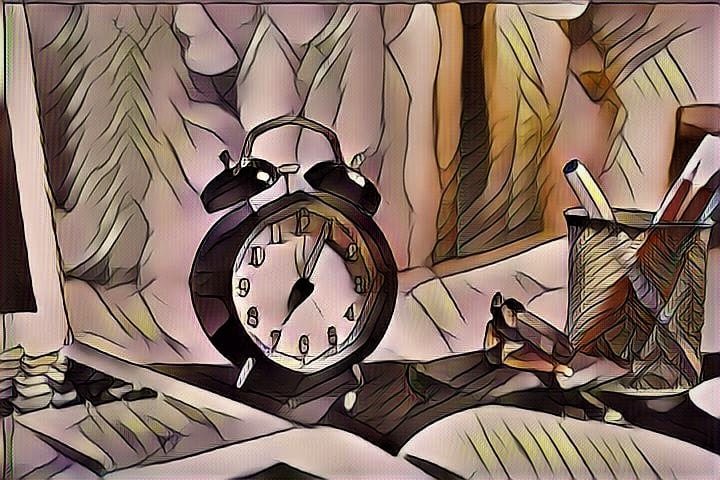What is HRM? Human Resource Management is concerned with the “people” dimension in management. Introduction, Meaning, and Definition of HRM; Since every organization is made up of people, acquiring their services, developing their skills, motivating them to a high level of performance, and ensuring that they continue to maintain their commitment to the Organisation are essential to achieving organizational objectives.
Here is the article to explain, HRM What is Human Resource Management? Introduction, Meaning, and Definition.
This is true regardless of the type of Organisation Government, business, education, health, recreation, or social action. Those organization that is able to acquire, develop, stimulate and keep outstanding workers will be both effective, able to achieve their goals, and efficient (expanding the least amount of resources necessary). Those organization that is inefficient and ineffective risk the hazards of stagnating or going out of business.
Definition of HRM:
The following definitions below are;
According to Thomas G. Spates,
“HRM is a code of the ways of organizing and treating individuals at work so that they will get the greatest possible realization of their intrinsic abilities, thus attaining maximum efficiency for themselves and their group and thereby giving to the enterprise of which they are a part its determining competitive advantage and its optimum results.”
George Terry has succinctly stated that HRM is concerned with the obtaining and maintaining of a satisfied workforce. He further clarified that HRM is concerned with maximizing the effectiveness of the workforce through the application of sound and proved personnel policies and practices.
According to Dale Yoder,
“HRM is the function or activity aiding and directing working men and women in maximizing their contributions and satisfaction in employment. It helps ‘workers’ including all those who work, from unskilled common laborers to corporation presidents or public administrators, – combine their efforts with those of others in providing the administrators – combine their efforts with those of others in providing the services and products we all want.”
In the words of Flippo, HRM is the planning organizing, directing, and controlling of the procurement, developments, compensation, integration and maintenance and separation of human resources to the end that individual, organizational and societal objective are accomplished.
According to the process system view, human resources management is the systematic planning, development, and control of a network of the interrelated process affecting and involving all members of the organization.
HRM Processes;
These processes include:
- Human resources planning.
- Job and work design.
- Staffing.
- Training and development.
- Performance appraisal and review.
- Compensation and reward.
- Employee protection & representation, and.
- Organization improvement.
According to another view, human resource management refers to the practices and policies; Also, you need to carry out the people aspects of your management job.
These includes:
- Conducting a job analysis.
- Planning labor needs and recruiting candidates.
- Also, Selecting job candidates.
- Orienting and training new employees.
- Managing wage and salaries.
- Providing incentives and benefits.
- Appraising performance.
- Also, Communicating.
- Training & development, and.
- Building employee commitment.
To effectively manage these process, human resources systems are planned, developed and implemented through the combined efforts of all managers and human resources specialists – and frequently all employees – in an organization. Overall, the systems are intended to achieve organization-wide goals and contribute to organizational effectiveness and productivity.
From the foregoing definitions it may be concluded that there is no standard definition of the term ‘HRM’, some authorities have defined it in terms of its functions, some others in terms of its objects and some in terms of human relationships.

The elements of HRM:
However, there are certain elements which are common to most of these hrm definitions:
First elements:
HRM aims at getting the best results out of the employees. In other words, it has the overall goal of securing the optimum contribution from the human factor in business.
Second elements:
It does not, however, follow from above that this modem branch of business management is geared to the exploitation of the employees. Also, Good HRM helps the employees develop their capacities to the full and derive the greatest satisfaction from their work. It, thus, looks to their needs, comforts, and grievances, As Scott, Clothier and Sprieged put it, four different angles or elements of the employee-in his-work unit must be given due consideration.
There are:
- Capacities; referring to those abilities, to those attainments, inherited or acquired, that a worker has, is capable of exercising, and must, to a certain degree at least, an exercise in his work.
- Interest; not only an individual’s desires, and ambitions, but also his instinctive, impulsive tendencies, vague, bearing, and ill-defined carvings that may or may not stir him to his fullest action in performing his duties.
- Opportunities; not only opportunities for advancement, although, that is including, opportunities to exercise his capacities and satisfy his interests also.
- Personality; the total of a worker’s reaction to his experiences and environment. Personality is manifest by an individual’s reception by others. Also, Management has only a minor role in influencing personality; but the worker’s personality has a great influence on his opportunities.
Third elements:
Good HRM aims at promoting group satisfaction, building up what is known as team spirit, because it is the joint effort that is more important.
Forth elements:
The work-related to human resources is of a continuous nature. In George Terry’s words, it cannot turn on and off like water from a faucet; it cannot practice only one hour each day or one day a week. Also, It requires constant alertness and awareness of human relations and their importance in everyday operations it is, thus, a way of approach, a technique of thinking, a philosophy of management which has to be kept in view at all times and at different levels of the organization.
Thus, human resource management refers to the set of programs, functions, and activities designed and carried out to maximize both employees and organizational effectiveness.







Leave a Reply